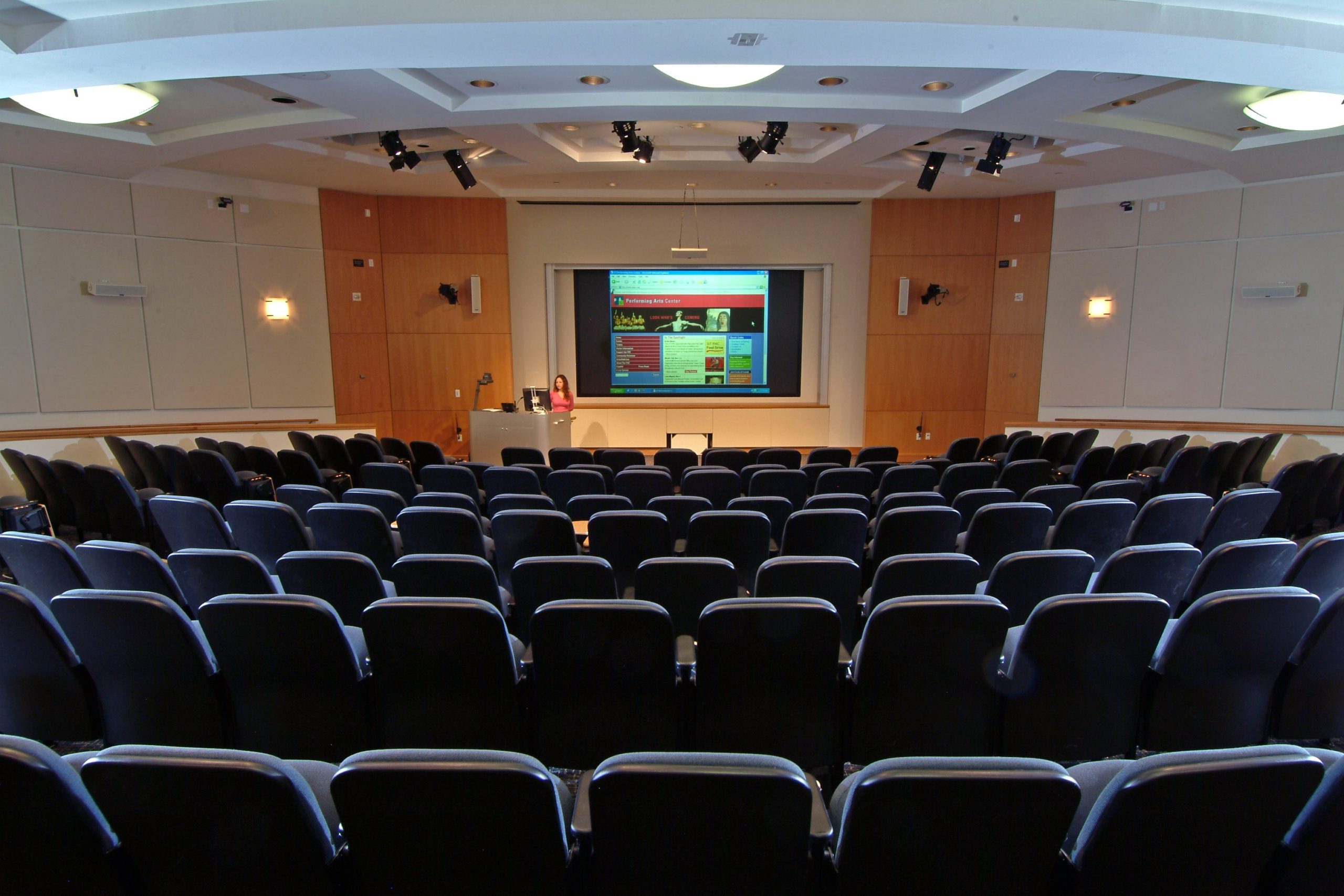 If you haven’t heard about the internet of things, it simply is a new age network being created, not between people, but between objects, how they output and share information to devices, and even to the larger World Wide Web. Smarter technology is definitely a concept that is more understandable after an example as the possibilities of future applications are pretty much endless. The example I will be giving is that from the point of view of an attendee, experiencing smarter technology being integrated into attended conference.
If you haven’t heard about the internet of things, it simply is a new age network being created, not between people, but between objects, how they output and share information to devices, and even to the larger World Wide Web. Smarter technology is definitely a concept that is more understandable after an example as the possibilities of future applications are pretty much endless. The example I will be giving is that from the point of view of an attendee, experiencing smarter technology being integrated into attended conference.
You sign up to attend a technology related conference, 2 weeks prior to the event you receive an automated e-mail asking what time you’ll be arriving, dietary requirements and car licence plate details. 3 days before the event you will receive in the post to your preferred address your conference event name badge and lanyard, with built in RFID access to building, restricted to the hours of the conference.
On day of conference your phone has already detected from the information sent to your phone that you have to leave at 7:30am as the conference is an hour away and there is half an hour of traffic, once you attend, you gain automatic entry to the carpark, as the security system auto reads your licence plate on authorised list, and gain easy access into building by scanning the, RFID in-built, name tag on reader to open door. As you walk through the doors you receive location based notification to your phone asking if you would like to download the conference app, which has details of the itinerary and app also is required for augmented reality aspect of conference.
 The time for the conference has begun and automatically the lighting in the conference room dims and the AV system is ready for the first speaker. During the conference a person asks a question requiring a specific numerical answer, for example “what percentage of smart phone sales were android OS last year” rather than the speaker finding the details, the conference rooms auto assistant has already found the answer and delivers this through text to speech software.
The time for the conference has begun and automatically the lighting in the conference room dims and the AV system is ready for the first speaker. During the conference a person asks a question requiring a specific numerical answer, for example “what percentage of smart phone sales were android OS last year” rather than the speaker finding the details, the conference rooms auto assistant has already found the answer and delivers this through text to speech software.
After the conference is over, the next day you will receive an automated e-mail from the conference intelligence hub containing the filmed videos that were automatically created and uploaded of the seminars, these videos will also be sent to those who couldn’t attend for any reason.
Hopefully by combining the knowledge of the ‘Internet of Things’ explained in the last white paper, and with this example, you have a abundant knowledge of how smarter technology can work in the conference environment, and even see and theorise other applications of how it could work in the future. The introduction of Amazon Echo into the consumer market really has kick-started the demand for an always connected smart assistant, in the home and in the workplace. If these assistants can be branded and customised on a software and external level, they would make a fantastic addition to any promotional campaign and conference.